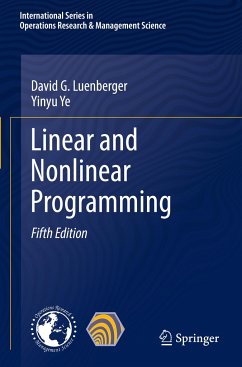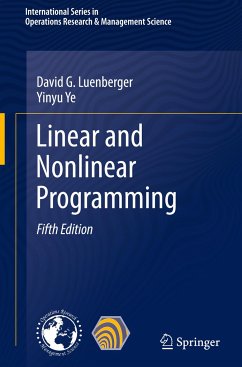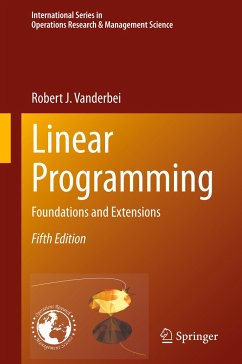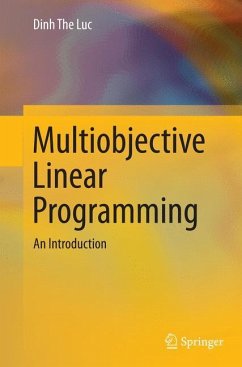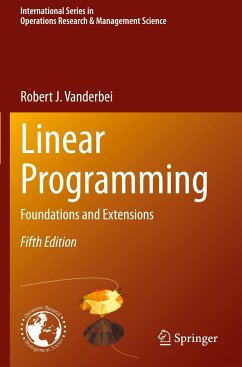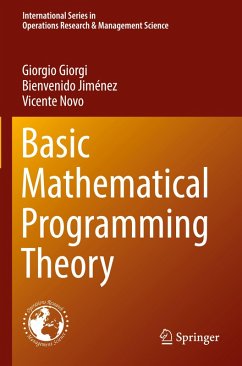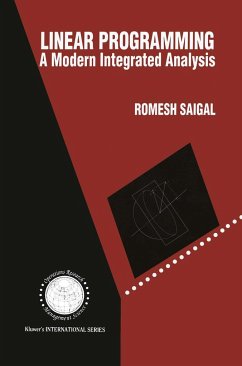
Linear Programming and its Applications
Versandkostenfrei!
Versandfertig in 6-10 Tagen
113,99 €
inkl. MwSt.
Weitere Ausgaben:

PAYBACK Punkte
57 °P sammeln!
Based on earlier work by a variety of authors in the 1930s and 1940s, the simplex method for solving linear programming problems was developed in 1947 by the American mathematician George B. Dantzig. Helped by the computer revolution, it has been described by some as the overwhelmingly most significant mathematical development of the last century. Owing to the simplex method, linear programming (or linear optimization, as some would have it) is pervasive in modern society for the planning and control of activities that are constrained by the availability of resources such as manpower, raw mate...
Based on earlier work by a variety of authors in the 1930s and 1940s, the simplex method for solving linear programming problems was developed in 1947 by the American mathematician George B. Dantzig. Helped by the computer revolution, it has been described by some as the overwhelmingly most significant mathematical development of the last century. Owing to the simplex method, linear programming (or linear optimization, as some would have it) is pervasive in modern society for the planning and control of activities that are constrained by the availability of resources such as manpower, raw materials, budgets, and time. The purpose of this book is to describe the field of linear programming. While we aim to be reasonably complete in our treatment, we have given emphasis to the modeling aspects of the field. Accordingly, a number of applications are provided, where we guide the reader through the interactive process of mathematically modeling a particular practical situation, analyzing the consequences of the model formulated, and then revising the model in light of the results from the analysis.





